Thursday☕️

Economics & Markets:
- Yesterday’s U.S. stock market:

- Yesterday’s commodity market:
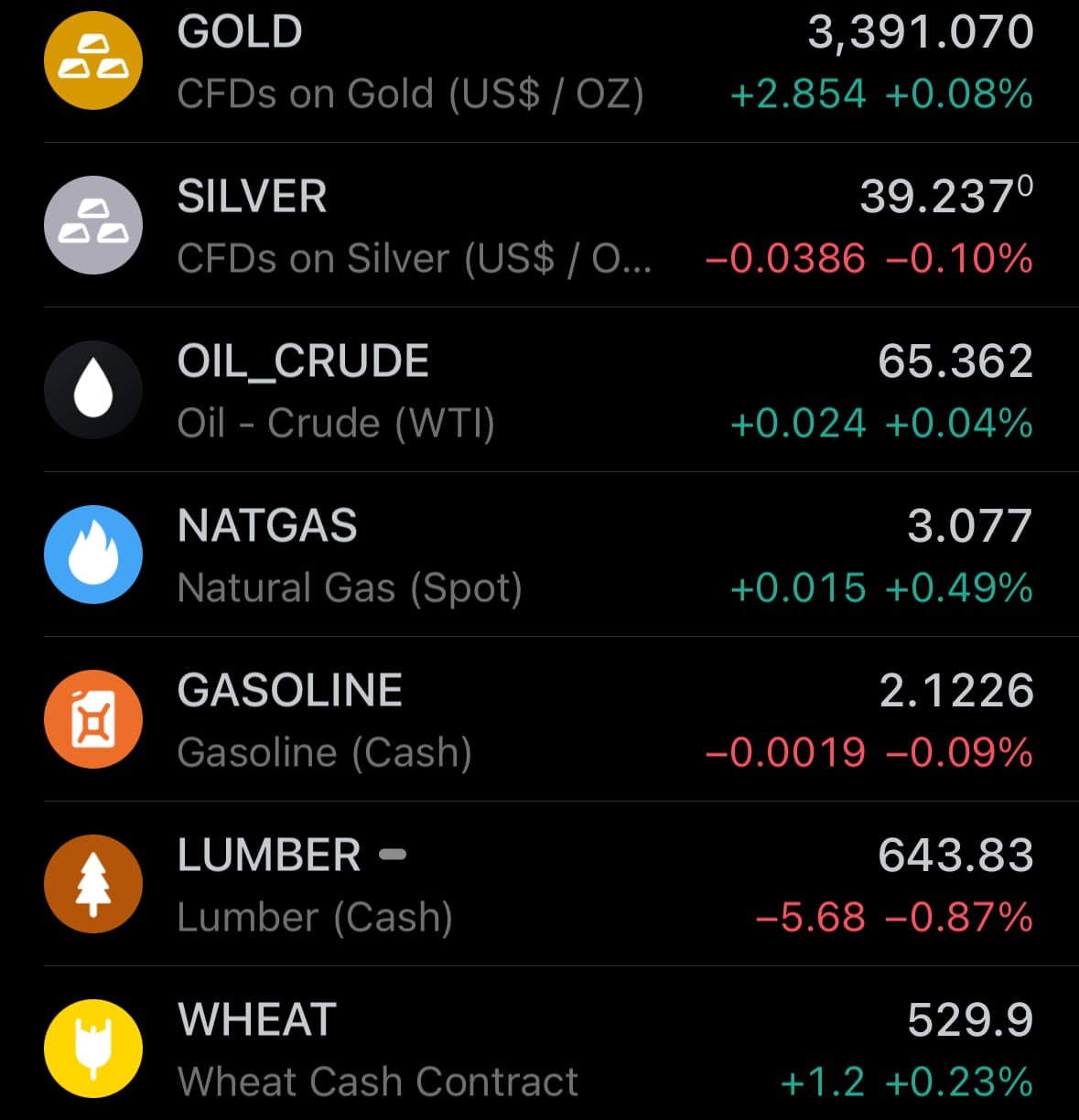
- Yesterday’s crypto market:
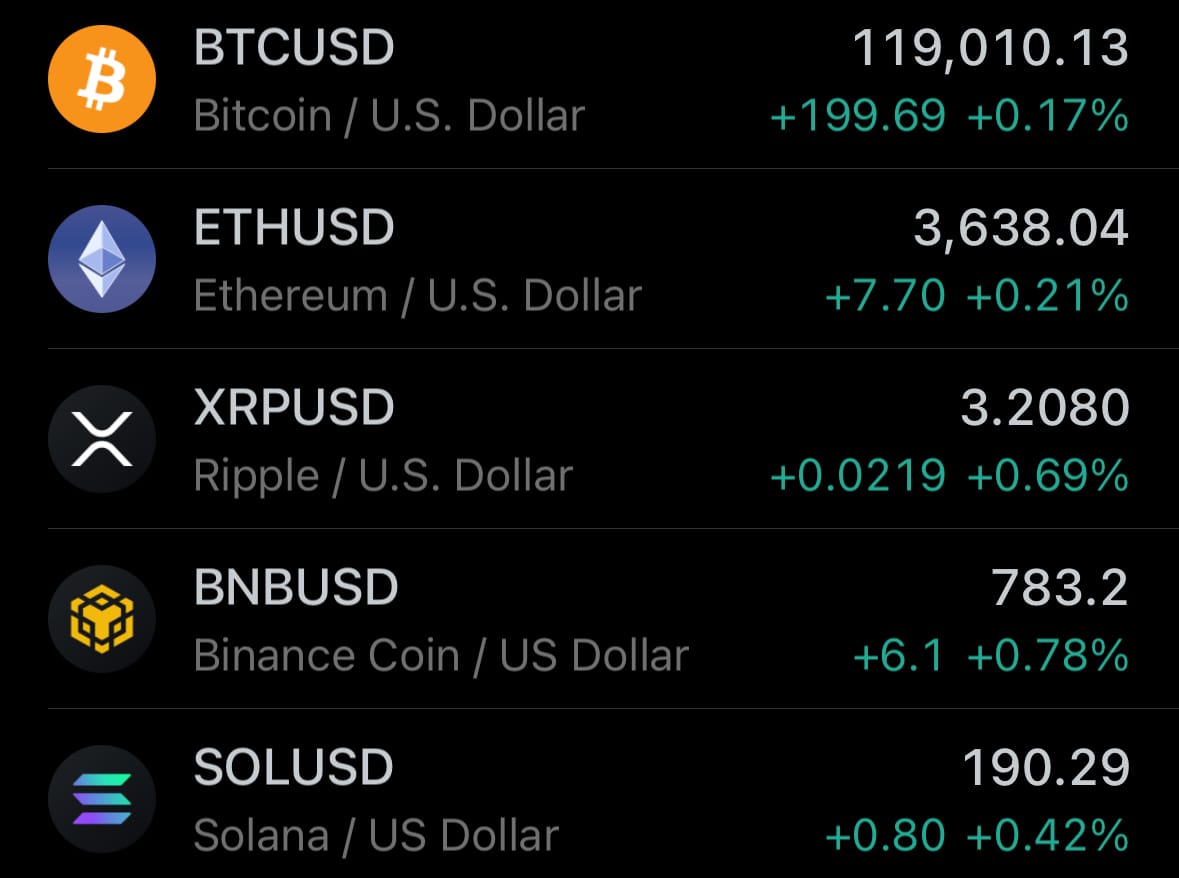
Geopolitics & Military Activity:
- On July 23, 2025, Ukrainian drones struck infrastructure in Adler and Sochi, in Russia’s Krasnodar region near the Black Sea. The attack targeted an oil depot near Sochi International Airport, causing explosions and fires that spread to multiple storage tanks, and hit a railway bridge in Adler’s Moldovka district, disrupting local operations. Russian air defenses intercepted several drones, according to officials. Initially, no casualties were reported, but later updates confirmed one woman died and another was seriously injured by debris in a residential area. The strikes prompted a four-hour suspension of flights at Sochi Airport, though Russian authorities reported the situation was stabilized with minimal ongoing impact.
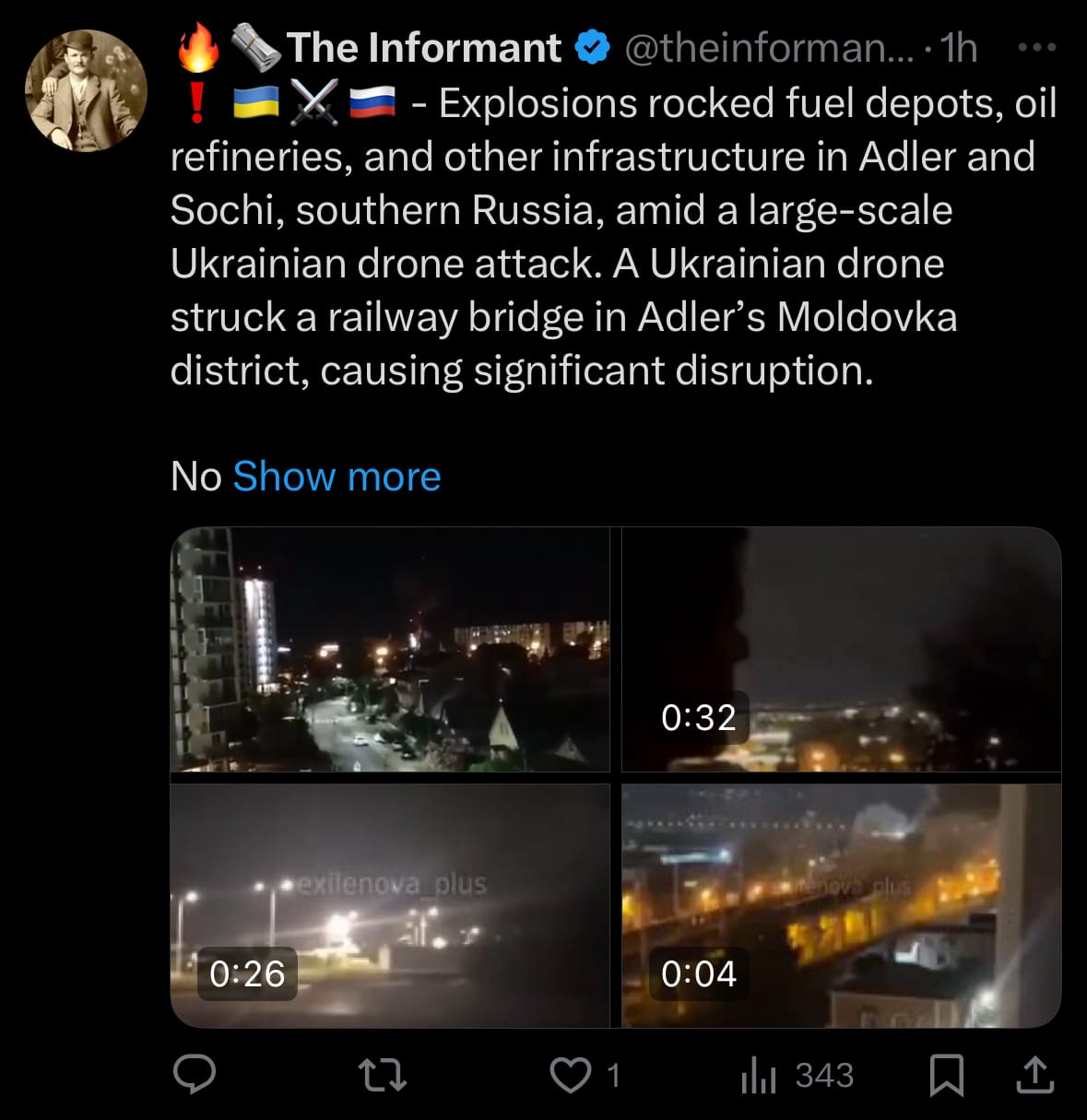
- The attack is part of Ukraine’s broader campaign to disrupt Russian energy and logistical networks, though no official Ukrainian claim was made. Russian officials called the strikes ineffective, downplaying their impact, while social media and independent reports suggest significant fires at the depot, potentially affecting local fuel supplies. The operation, one of Ukraine’s southernmost in the conflict, highlights risks to civilian areas in tourist-heavy Sochi and Russia’s Black Sea logistics. The strikes followed Russian drone airstrikes earlier that day, reflecting intensified reciprocal attacks between the two sides.
Environment & Weather:
- On July 23, 2025, severe flooding affected Bohain-en-Vermandois in France's Aisne department after a stationary thunderstorm delivered around 70-80 liters of rain per square meter in one hour, amounting to a typical month's rainfall. Streets became submerged, leading to flooded basements, disrupted roadways, and challenges for local residents, as evidenced by videos showing vehicles wading through deep water and homes impacted by inflows. Météo France had issued an orange alert for flooding in the Aisne region, advising caution due to the heavy precipitation and related hazards, while local authorities managed the immediate response.

- The flooding occurred amid wider severe weather across northern France, including hail and storms in areas like Auxerre and Avallon. Emergency services were deployed to handle the situation, with no reported casualties, though damage evaluations are still in progress. This incident underscores a pattern of escalating extreme weather events in the region, leading to recommendations for improved readiness, as Météo France continues to monitor and alert for possible additional rainfall and flooding in nearby departments.
- On July 23, 2025, a severe wildfire continued to burn in Bilecik province, northwestern Turkey, having spread to neighboring areas like Eskisehir and affecting forests and farmland since igniting earlier in the week. High temperatures and strong winds intensified the blaze, which produced notable phenomena such as a fire tornado, as documented in official videos. Reports indicate that 10 to 11 firefighters and rescue workers died while combating the fire, with at least 14 others injured, though no civilian casualties were reported. The incident led to evacuations of nearby communities, closures of major highways including the Sakarya-Bilecik route, and widespread ash fallout impacting local residents. Emergency teams, including forestry personnel and volunteers, persisted in efforts to control the flames using ground and aerial resources amid difficult conditions.
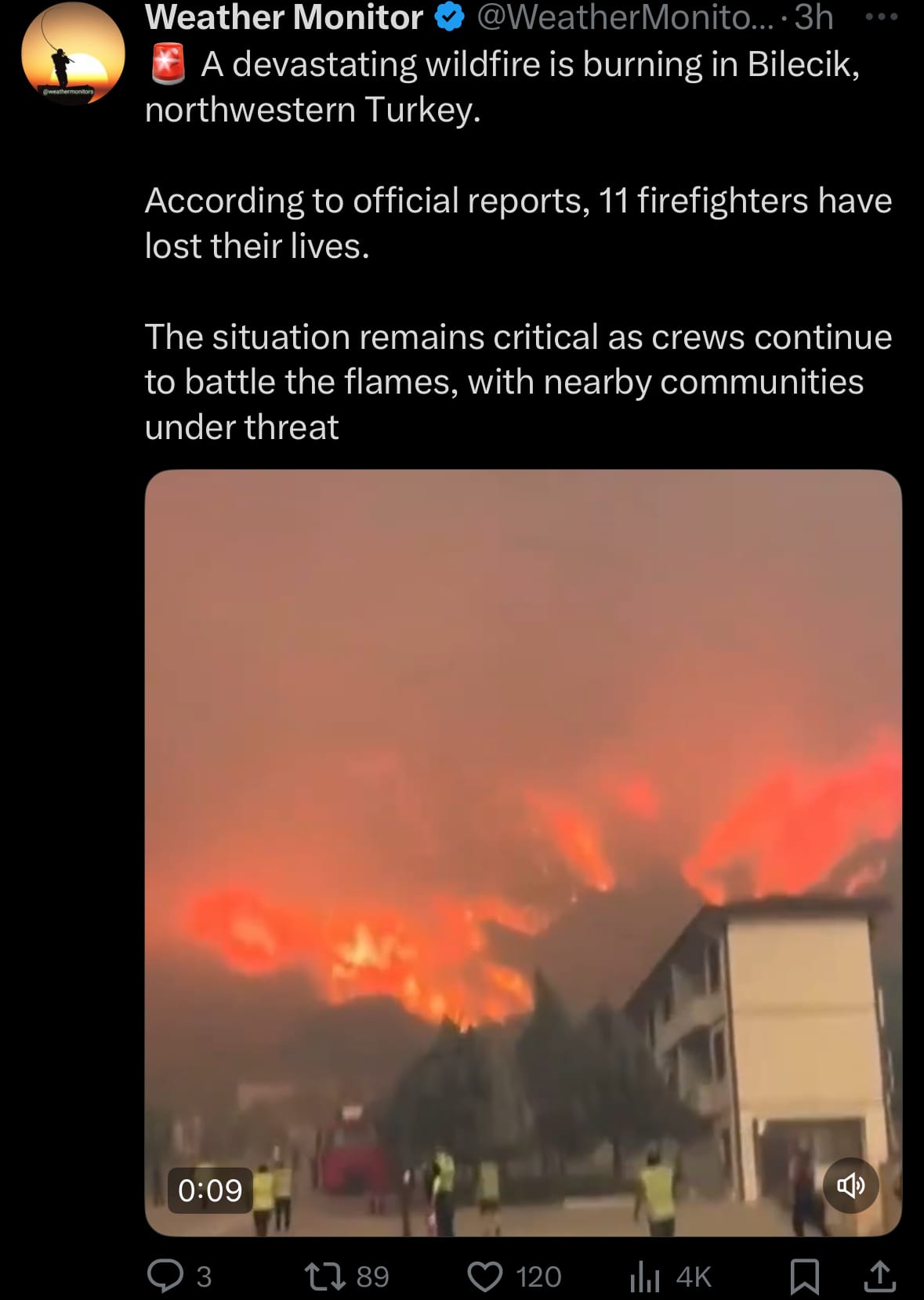
- This wildfire is among numerous blazes reported across Turkey this summer, straining emergency resources and raising questions about causes, with investigations ongoing and some suspects detained in related incidents. Authorities have stated that the situation is being managed, but no full containment has been achieved, prompting concerns over ecological damage to habitats and potential long-term economic effects in the agricultural region. Community support has mobilized for affected areas, including calls to monitor post-fire land use to avoid exploitation, while the event highlights the ongoing risks faced by first responders in handling such crises.
Space:
- On July 23, 2025, NASA's Tandem Reconnection and Cusp Electrodynamics Reconnaissance Satellites (TRACERS) mission launched on a SpaceX Falcon 9 rocket from Space Launch Complex 4 East at Vandenberg Space Force Base in California. The launch occurred at 11:13 a.m. PDT (2:13 p.m. EDT), following a one-day delay from July 22 due to range clearance issues. The mission consists of two identical small satellites intended to study magnetic reconnection, a process involving interactions between solar wind particles and Earth's magnetosphere that may affect space weather, satellite operations, and power grids on Earth.

- The satellites are set to operate in tandem orbits to gather data on these interactions in Earth's polar cusps, aiming to provide information on solar energy's effects on the upper atmosphere. The launch also carried three additional NASA small satellites designed to test technologies for environmental monitoring. The Falcon 9 booster, on its 16th flight, landed at Landing Zone 4 on the base after stage separation, and ascent phases such as fairing deployment and second-stage engine cutoff occurred as expected.
Statistic:
- Largest public Oil & Gas companies by market capitalization:
- 🇸🇦 Saudi Aramco – $1.631T
- 🇺🇸 Exxon Mobil – $473.75B
- 🇺🇸 Chevron – $311.32B
- 🇨🇳 PetroChina – $222.76B
- 🇬🇧 Shell – $213.07B
- 🇫🇷 TotalEnergies – $137.17B
- 🇺🇸 ConocoPhillips – $119.97B
- 🇨🇳 CNOOC – $118.57B
- 🇺🇸 Southern Company – $104.66B
- 🇦🇪 TAQA – $102.24B
- 🇨🇦 Enbridge – $99.14B
- 🇨🇳 Sinopec – $96.10B
- 🇺🇸 Duke Energy – $92.88B
- 🇬🇧 BP – $84.54B
- 🇧🇷 Petrobras – $77.67B
- 🇺🇸 Williams Companies – $70.46B
- 🇦🇪 ADNOC Gas – $69.16B
- 🇺🇸 Enterprise Products – $68.32B
- 🇳🇴 Equinor – $65.95B
- 🇨🇦 Canadian Natural Resources – $65.72B
- 🇺🇸 EOG Resources – $64.88B
- 🇺🇸 Energy Transfer Partners – $59.85B
- 🇺🇸 Kinder Morgan – $59.57B
- 🇷🇺 Rosneft – $57.51B
- 🇷🇺 Lukoil – $54.94B
History:
- Saudi Aramco's history began in 1933 when Saudi Arabia signed a concession agreement with Standard Oil of California, forming the California Arabian Standard Oil Company. The discovery of oil at Dammam Well No. 7 in 1938 launched the kingdom’s oil industry. Renamed Aramco in 1944, the company uncovered major fields like Abqaiq (1940), Safaniya (1951), and Ghawar (1957), the world’s largest onshore and offshore oil fields. Production soared, reaching 500,000 barrels per day by 1949 and 3 billion barrels annually by 1976. The Saudi government started acquiring stakes in 1973, achieving full ownership by 1980, solidifying national control.
- In 1988, the company became Saudi Aramco, growing into a global energy and chemicals leader. It expanded overseas, acquiring stakes in a Korean refinery in 1991, the Philippines’ Petron in 1994, and full ownership of Motiva, North America’s largest refinery, in 2017. Aramco pioneered technologies like advanced reservoir simulation in the 1990s and entered petrochemicals with projects like Petro Rabigh (2009) and Sadara (2011). Its 2019 IPO on the Saudi Stock Exchange made it the world’s most valuable company at the time. Recent efforts include acquiring a majority stake in SABIC in 2020 and investing in sustainability and crude-to-chemicals technologies. Today, Saudi Aramco remains the largest oil and gas company on Earth by market capitalization.
Image of the day:

Thanks for reading!
Earth is complicated, we make it simple.
Click image to view the Earth Intelligence System:
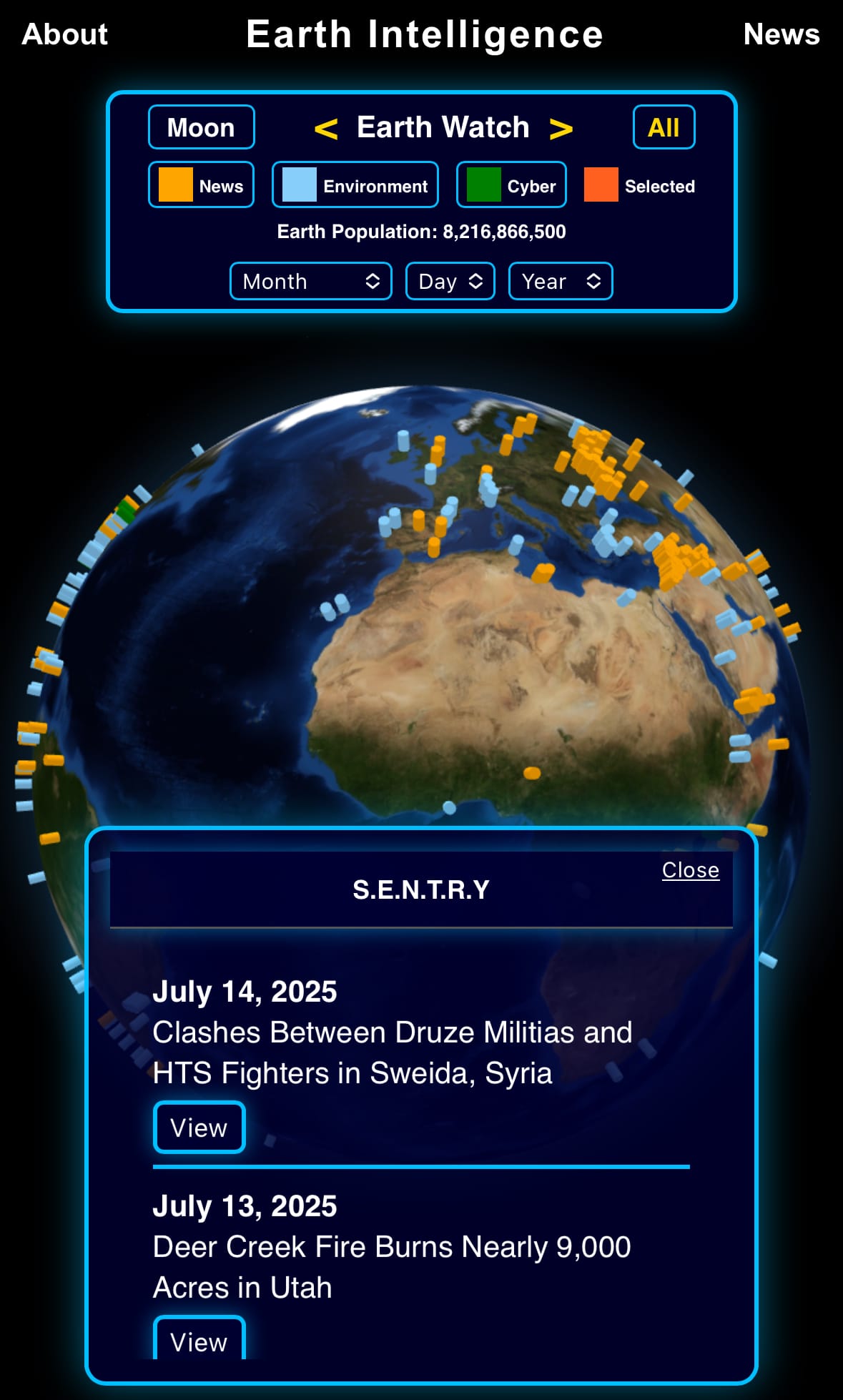


Support/Suggestions Email:
earthintelligence@earthintel.news




